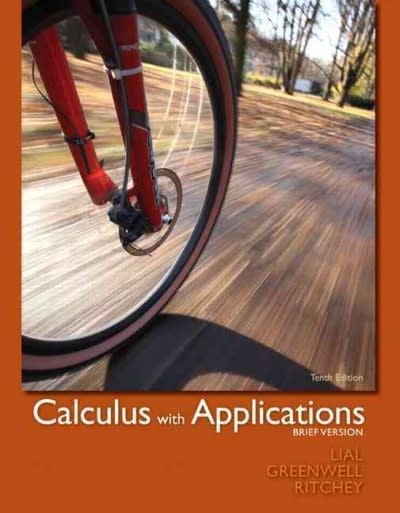statistics and Probability
The function P(x) = 90 - 35 log 2x models the percentage, P(x), of students who 100- could recall the important features of a classroom lecture as a function of time, where x represents the number of days that have elapsed since the lecture was given. The figure shows the graph of the function. After how many days do only 60- Percent a quarter of the students recall the important features of the classroom lecture? (Let P(x) = 25 and solve for x.) Locate the point on the graph that conveys this information. 20- Days After how many days do only a quarter of the students recall the important features of the classroom lecture? Locate the point on the graph that conveys this information. The given bar graph shows the percentage of gross domestic product (GDP) in a state going toward health care from 2007 through 2010, Percentage of the Gross Domestic Product in the State N with projections for 2014 and 2019. The data are modeled by the 21- function f(x) = 1.3 In x + 13.2, where f(x) is the percentage of gross 18- 17 domestic product going toward health care x years after 2006. Use this 13.1 13.6 14.9 15.2 15.4 information to solve parts a and b. Percentage of GDP 2007 2008 2009 2010 2014 2019 a. Use the function to determine the percentage of gross domestic product that went toward health care in 2009. Does this underestimate or overestimate the percent displayed by the graph? By how much? Determine the percentage of gross domestic product that went toward health care in 2009 using the given function. Does this underestimate or overestimate the percent displayed by the graph? Select the correct choice below and fill in the answer box to complete your choice. b. According to the model, when will 16.3% of gross domestic product go toward health care? Round to the nearest year. Complete the table for a savings account subject to continuous compounding (A= Pert ). W Amount Annual Accumulated Time t Invested Interest Rate Amount in years $2250 15.7% Triple the amount invested ? S The formula S = C(1+ r) models inflation, where C = the value today, r = the annual inflation rate (in decimal form), and S = the inflated value t years from now. If the inflation rate is 3%, how much will a house now worth $141,000 be worth in 8 years? Round your answer to the nearest dollar







